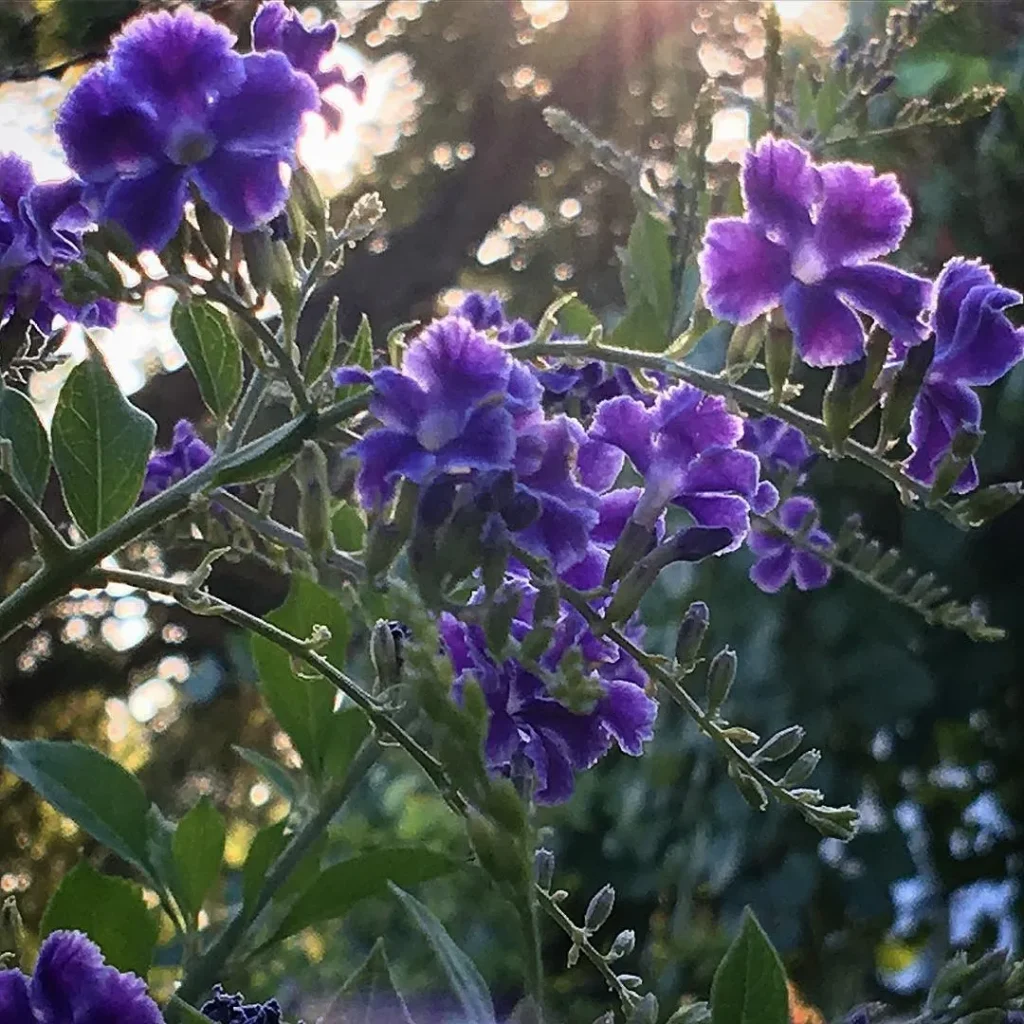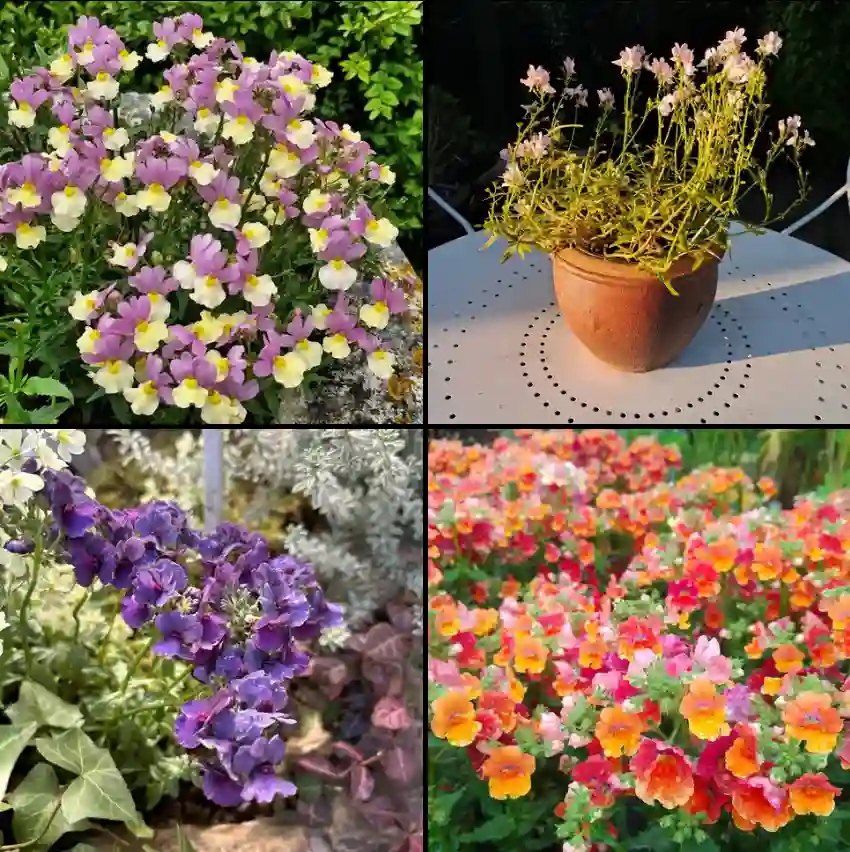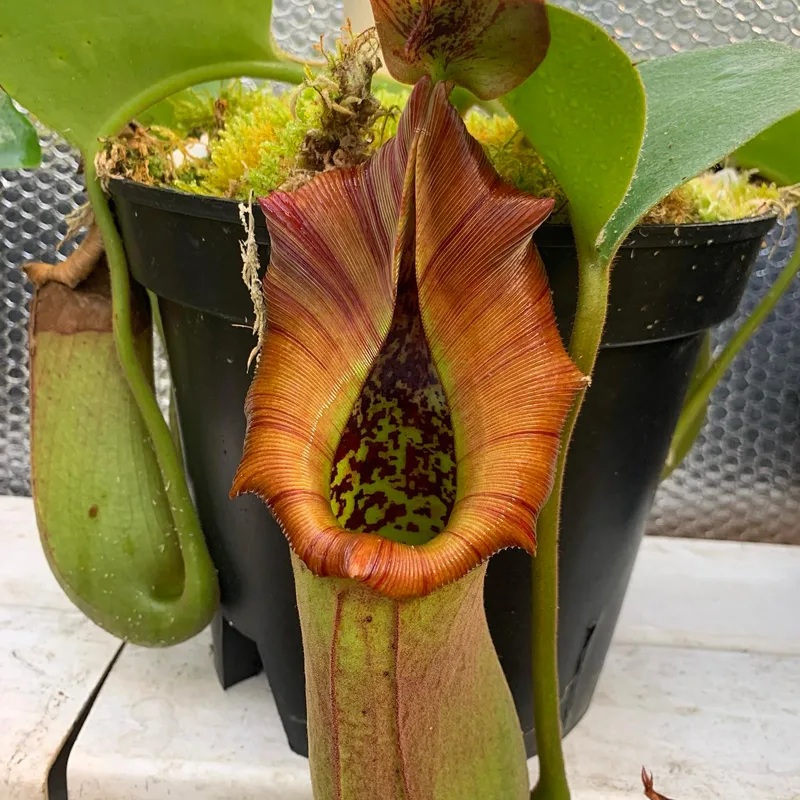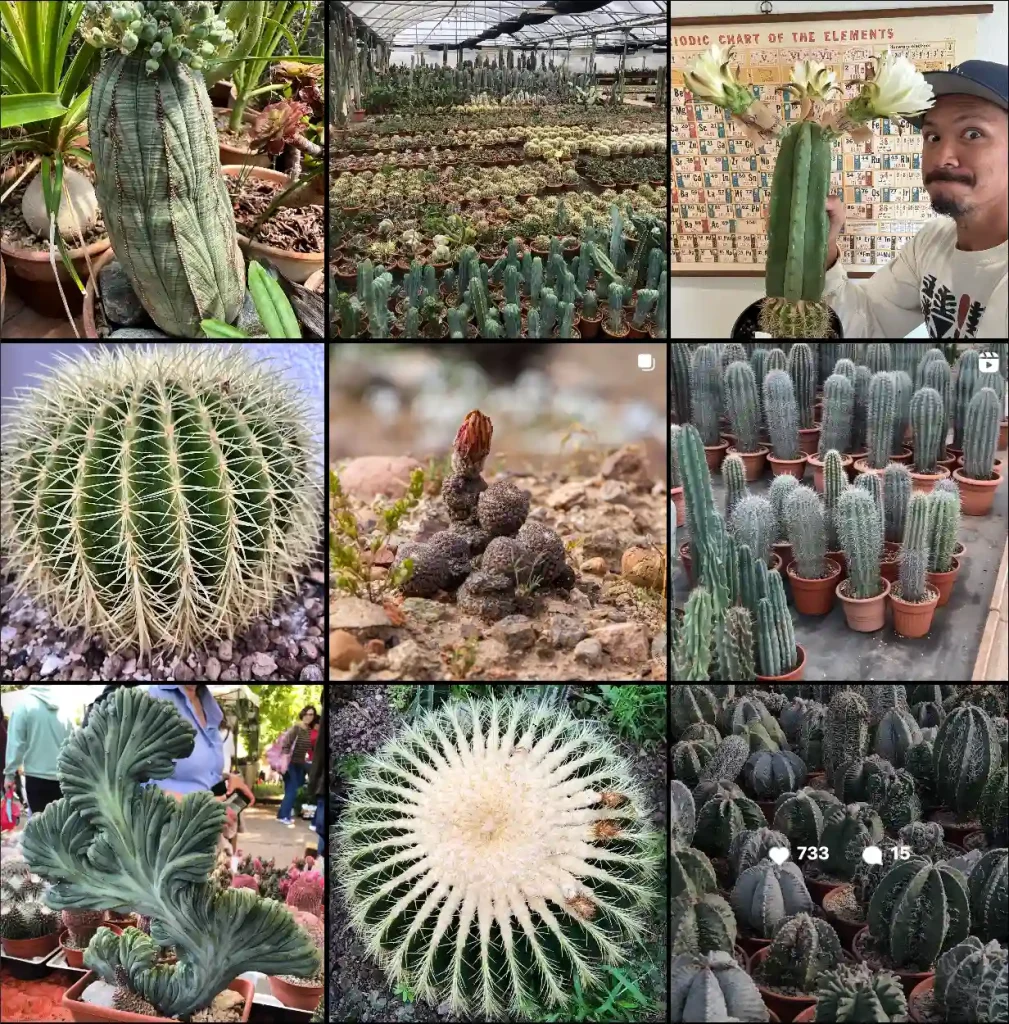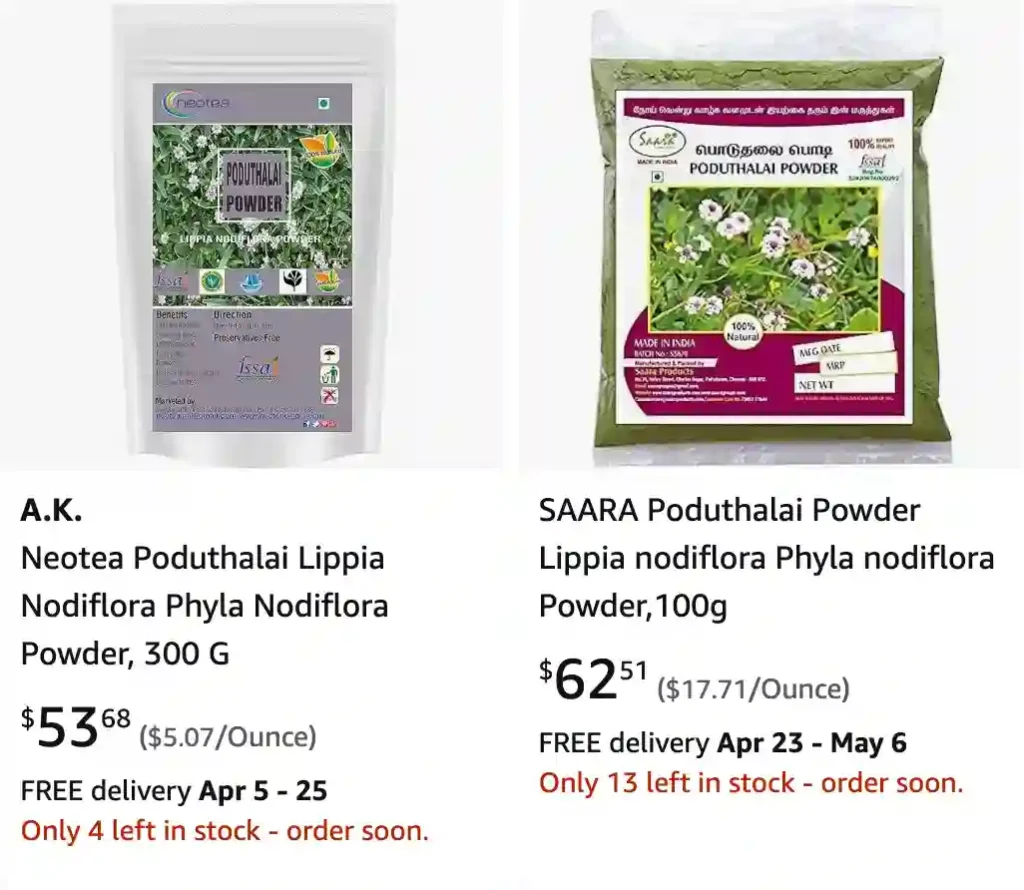
The Adventures of Ferb Vu with Phyla Nodiflora: From Friend to Foe (and Maybe Back Again)
Let me tell you about my experiences with Phyla nodiflora, also known as the Turkey Tangle Frogfruit. This little plant has been both a delightful ground cover and a determined weed in my garden, and I’ve learned a lot about it along the way.
This story starts with good intentions. I was looking for a low-maintenance ground cover for a sunny spot in my yard. Phyla nodiflora seemed perfect. It had pretty little flowers, thrived in full sun, and supposedly stayed low to the ground. Sold! I bought a few starter plants and carefully placed them in the designated spot.
6 Species in Genus Phyla
Phyla nodiflora vs kurapia
Phyla nodiflora and kurapia are both groundcovers I’ve tried, but I found kurapia more resilient in my garden, holding up better in varying weather conditions. On the other hand, Phyla nodiflora is great for its low-maintenance nature and the way it quickly fills in gaps, though I did notice it didn’t handle heavy foot traffic as well as kurapia.
Phyla nodiflora vs lanceolata
When comparing Phyla nodiflora to lanceolata, I’ve found that Phyla nodiflora has a more consistent and dense growth, which I appreciate for creating a lush, green cover. Lanceolata, while beautiful with its unique foliage, tends to be a bit more delicate and requires more care to maintain the same level of coverage and health.
How to Care for Phyla Nodiflora?
Taking care of Phyla nodiflora was a breeze. It required minimal watering, especially once established. A little fertilizer every now and then kept it happy, but honestly, it wasn’t fussy. The true beauty of this plant lies in its low-maintenance nature.
How Phyla Nodiflora Became a Friend? (and Then a Foe)
At first, Phyla nodiflora was a dream come true. It filled in nicely, creating a vibrant green carpet that choked out weeds. The tiny white, mauve, and orange flowers added a cheerful touch. Butterflies loved it, and it buzzed with life. However, Phyla nodiflora has a bit of a wild side.
This seemingly docile ground cover turned out to be a stealthy spreader. Its creeping stems snaked their way out, determined to conquer new territory. Before I knew it, Phyla nodiflora was happily invading neighboring flower beds. What was once a charming ground cover became an aggressive weed.
How to Get Rid of Phyla Nodiflora?
Eradicating Phyla nodiflora entirely can be a challenge, but it’s not impossible. Here’s what worked for me:
- Manual Removal: The most effective method is manual removal. Get down on your hands and knees and carefully pull out the entire plant, including the roots. This is tedious, but it’s the most thorough way to get rid of it.
- Mulch: A thick layer of mulch can help prevent new Phyla nodiflora from germinating. Reapply mulch regularly, especially after heavy rain.
- Herbicide: As a last resort, you can consider using a selective herbicide labeled for use against Phyla nodiflora. Always follow the instructions on the label carefully and take precautions to avoid harming nearby desirable plants.
Can Phyla Nodiflora Still Be My Friend?
So, can Phyla nodiflora ever be a friend again? Maybe, but with caution. If you have a large, well-defined area that needs ground cover and you’re willing to be vigilant about keeping it in check, Phyla nodiflora could still be an option.
Where Can I Buy Phyla Nodiflora?
If you’re still interested in giving Phyla nodiflora a try, you can find it at many nurseries and garden centers. Just be sure you have a plan for keeping it contained!
Final Thoughts on Phyla Nodiflora
Phyla nodiflora taught me a valuable lesson: always research a plant thoroughly before introducing it to your garden. What seems like a low-maintenance dream can quickly turn into a maintenance nightmare.
However, for the right gardener with the right space, Phyla nodiflora can be a lovely addition. Just be prepared to be firm but fair – a friend who knows how to set boundaries!
If i die, water my plants!
